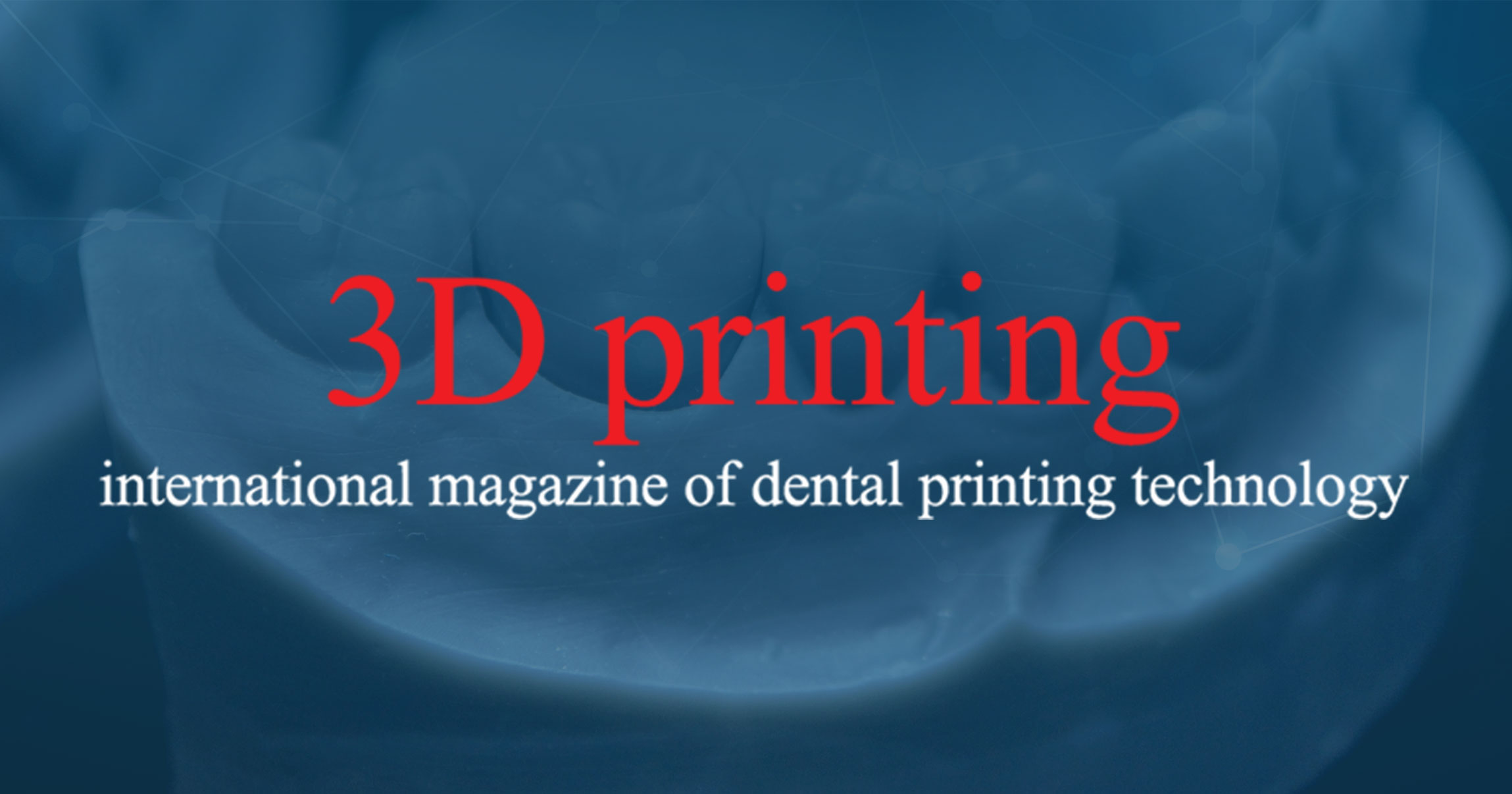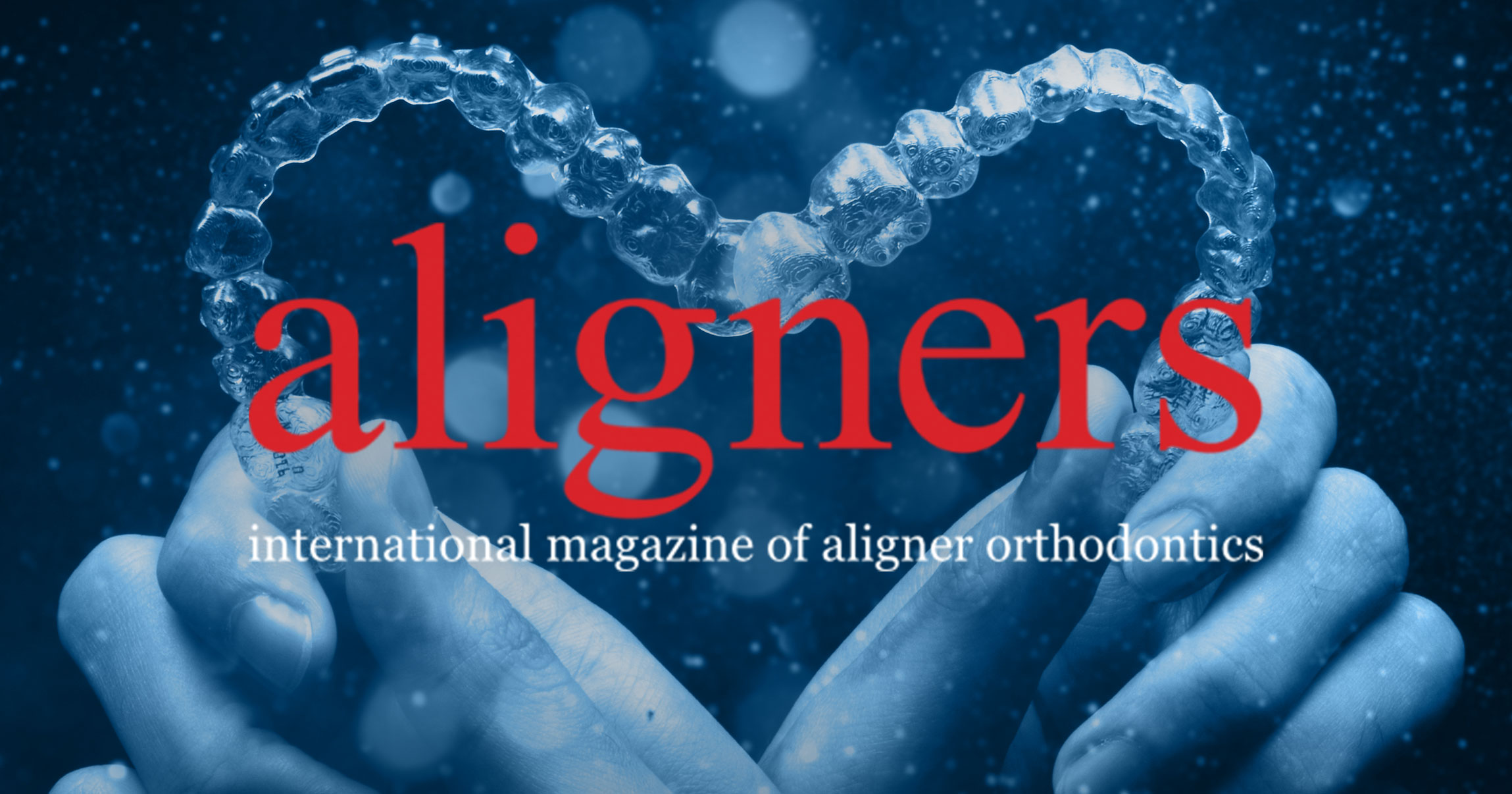After examining aspects such as site selection and alternatives to building new, this second part of the article on green dental office design will discuss eco-friendly materials and Leadership in Energy and Environmental Design, a global standard for certifying that buildings are designed and built to reduce energy and water usage, as well as their carbon footprint.
Eco-friendly materials
Making environmentally sound material and finish choices during the design of the office can help reduce the new office’s carbon footprint. Dental practices contain a high number of cabinets and counter-tops and these need to be able to provide a high level of sanitation and infection control, especially in operatories, laboratories and sterilisation areas. In these areas, quartz provides an eco-friendly option. Quartz is non-absorbing and the most sanitary material choice next to stainless steel. Quartz will not promote the growth of bacteria or mould. One should look for a source that is within 800 km of one’s location to avoid or reduce high transportation costs.
Away from areas of high sanitation needs, one can consider other materials, such as reclaimed wood, concrete or terrazzo, as a counter-top material. Reclaimed barn wood is very popular right now in counters, counter-tops and floors. These materials offer a wide range of design options, are attractive and can readily be recycled at the end of their useful life.
On the floor, one can look to eliminate unnecessary material by leaving the floor as stained or polished concrete, if possible. This gives a great aesthetic, but is probably not a good choice in operatories and other areas of high sanitation control, as concrete tends to be porous. Furthermore, it can promote lower back and leg pain if one stands on it for long periods. In these areas consider a sheet vinyl that has a high degree of recycled content, can be recycled at the end of its life and is installed using welded seams. The reason for the welded seams is to eliminate cracks that are difficult to keep clean and where bacteria can hide.
On the walls, one can consider using only a zero volatile organic compound paint. While vinyl wallcoverings have been popular in health care for many years, it is one more material that requires energy to produce and adds to the carbon footprint of the office. When choosing a vinyl wallcovering, one should select one that has a high recycled content and is recyclable at the end of its useful life and with zero emissions of volatile organic compounds in the case of both it and its adhesion method.
Lastly, the upholstery throughout the office should be designed to be green. While in a dental office the upholstery needs to aid in infection control, there are plenty of fabric options available that have a high degree of recycled content, are recyclable at the end of their useful life, have a high wear factor for use in commercial settings, and are bleach cleanable to reduce the spread of infection.
Whenever and wherever possible, one should reuse materials such as doors, door frames, cabinets, cabinet and door hardware, and lighting. This reduces the amount of material going into landfills and reduces the total carbon footprint of the new office. Especially when remodelling, one can breathe new life into existing fixtures to give the office a clean, fresh appearance without having to buy everything new.
When looking to build or remodel, one should search for a contractor who is on board with the project’s energy-reducing goals, one who is willing to commit the time to segregating waste materials and diverting them to the proper recycling centres. Many carpet, wallcovering and restroom fixture companies are willing to take old materials back and recycle them into their new ones. While this takes extra effort on the part of the contractor, doing so helps reduce the project’s total carbon footprint.
Leadership in Energy and Environmental Design
Now that you have decided to build a green dental office, consider having the project LEED certified. Leadership in Energy and Environmental Design (LEED) is a program by the US Green Building Council (USGBC) that has become a global standard for certifying that buildings are designed and built to reduce energy and water usage, as well as their carbon footprint. A 2008 study by the CoStar Group found that LEED buildings command rent premiums of US$11.33 (€10,56) per square foot over their non-LEED peers and have 4.1 percent higher occupancy. Additionally, LEED certified buildings command a US$171 (€159) per square foot premium over non-certified ones at the time of sale.[6]
Designing and building a green or environmentally friendly dental office is not more difficult than designing and building a conventional one, but it requires a bit more planning and thought up front to ensure the choices made during the design process and contractor selection promote the goal of reducing the building’s environmental impact. The selection of the office’s location, its orientation on the building site and the design of all of its various component parts all contribute to how much energy and water will be saved during the building’s useful life. These choices affect the day-to-day operating costs of the practice too. Slowing down up front and taking care in the choices made can help promote both a healthier bottom line for the practice and a healthier environment to work and live in.
One does not necessarily have to wait to build or renovate to attain operating cost improvements and help the environment. There are things that can be done immediately, such as installing a programmable thermostat so the building temperature is always the right temperature for the occupancy at the time. There are a wide variety of LED lamps available now that can be used in almost any existing fixture, so replacing all of the bulbs in the office with LEDs will have an immediate impact on energy use.
One can have the existing heating, ventilation and air conditioning system inspected to make certain it is operating at its peak efficiency and make sure all windows and doors are properly sealed. These few steps can have a dramatic impact on reducing energy usage and on the dental practice’s bottom line.



 Austria / Österreich
Austria / Österreich
 Bosnia and Herzegovina / Босна и Херцеговина
Bosnia and Herzegovina / Босна и Херцеговина
 Bulgaria / България
Bulgaria / България
 Croatia / Hrvatska
Croatia / Hrvatska
 Czech Republic & Slovakia / Česká republika & Slovensko
Czech Republic & Slovakia / Česká republika & Slovensko
 Finland / Suomi
Finland / Suomi
 France / France
France / France
 Germany / Deutschland
Germany / Deutschland
 Greece / ΕΛΛΑΔΑ
Greece / ΕΛΛΑΔΑ
 Italy / Italia
Italy / Italia
 Netherlands / Nederland
Netherlands / Nederland
 Nordic / Nordic
Nordic / Nordic
 Poland / Polska
Poland / Polska
 Portugal / Portugal
Portugal / Portugal
 Romania & Moldova / România & Moldova
Romania & Moldova / România & Moldova
 Russia / Россия
Russia / Россия
 Slovenia / Slovenija
Slovenia / Slovenija
 Serbia & Montenegro / Србија и Црна Гора
Serbia & Montenegro / Србија и Црна Гора
 Spain / España
Spain / España
 Switzerland / Schweiz
Switzerland / Schweiz
 Turkey / Türkiye
Turkey / Türkiye
 UK & Ireland / UK & Ireland
UK & Ireland / UK & Ireland
 International / International
International / International
 Brazil / Brasil
Brazil / Brasil
 Canada / Canada
Canada / Canada
 Latin America / Latinoamérica
Latin America / Latinoamérica
 USA / USA
USA / USA
 India / भारत गणराज्य
India / भारत गणराज्य
 Japan / 日本
Japan / 日本
 Pakistan / Pākistān
Pakistan / Pākistān
 Vietnam / Việt Nam
Vietnam / Việt Nam
 Algeria / الجزائر
Algeria / الجزائر
 Middle East / Middle East
Middle East / Middle East
:sharpen(level=0):output(format=jpeg)/up/dt/2021/12/cover3.jpg)
:sharpen(level=0):output(format=jpeg)/up/dt/2021/12/00_WuH_20-years_Implantmed_sujet-1188x668-.jpg)
:sharpen(level=0):output(format=jpeg)/up/dt/2021/12/%E6%B3%B0%E5%B1%B11.jpg)
:sharpen(level=0):output(format=jpeg)/up/dt/2021/12/The-good-the-bad-and-the-unproven-1188x668-.jpg)
:sharpen(level=0):output(format=jpeg)/up/dt/2021/09/Fig_20_IDS-press-conference_-GFDI_Thomas-Klerx-2000x1125-.jpg)








:sharpen(level=0):output(format=png)/up/dt/2010/11/Nobel-Biocare-Logo-2019.png)
:sharpen(level=0):output(format=png)/up/dt/2021/02/logo-gc-int.png)
:sharpen(level=0):output(format=jpeg)/up/dt/2014/11/rootsProfiPic.jpg)
:sharpen(level=0):output(format=png)/up/dt/2014/02/3shape.png)
:sharpen(level=0):output(format=png)/up/dt/2010/12/BIOLASE-logo.png)
:sharpen(level=0):output(format=png)/up/dt/2014/02/Du%CC%88rr_Dental.png)
:sharpen(level=0):output(format=jpeg)/up/dt/e-papers/295582/1.jpg)
:sharpen(level=0):output(format=jpeg)/up/dt/e-papers/274907/1.jpg)
:sharpen(level=0):output(format=jpeg)/up/dt/e-papers/271655/1.jpg)
:sharpen(level=0):output(format=jpeg)/up/dt/e-papers/264975/1.jpg)
:sharpen(level=0):output(format=jpeg)/up/dt/e-papers/256765/1.jpg)
:sharpen(level=0):output(format=jpeg)/up/dt/e-papers/252746/1.jpg)
:sharpen(level=0):output(format=jpeg)/up/dt/2021/07/resGZZ.jpg)
:sharpen(level=0):output(format=png)/up/dt/2021/02/shutterstock_790426882.png)
:sharpen(level=0):output(format=jpeg)/up/dt/2016/12/b5fd8cb4257cbc38260c0457d65f260a.jpg)

:sharpen(level=0):output(format=gif)/wp-content/themes/dt/images/no-user.gif)






:sharpen(level=0):output(format=jpeg)/up/dt/e-papers/274907/1.jpg)
:sharpen(level=0):output(format=jpeg)/up/dt/e-papers/271655/1.jpg)
:sharpen(level=0):output(format=jpeg)/up/dt/e-papers/264975/1.jpg)
:sharpen(level=0):output(format=jpeg)/up/dt/e-papers/256765/1.jpg)
:sharpen(level=0):output(format=jpeg)/up/dt/e-papers/252746/1.jpg)
:sharpen(level=0):output(format=jpeg)/up/dt/e-papers/295582/1.jpg)
:sharpen(level=0):output(format=jpeg)/up/dt/e-papers/295582/2.jpg)



